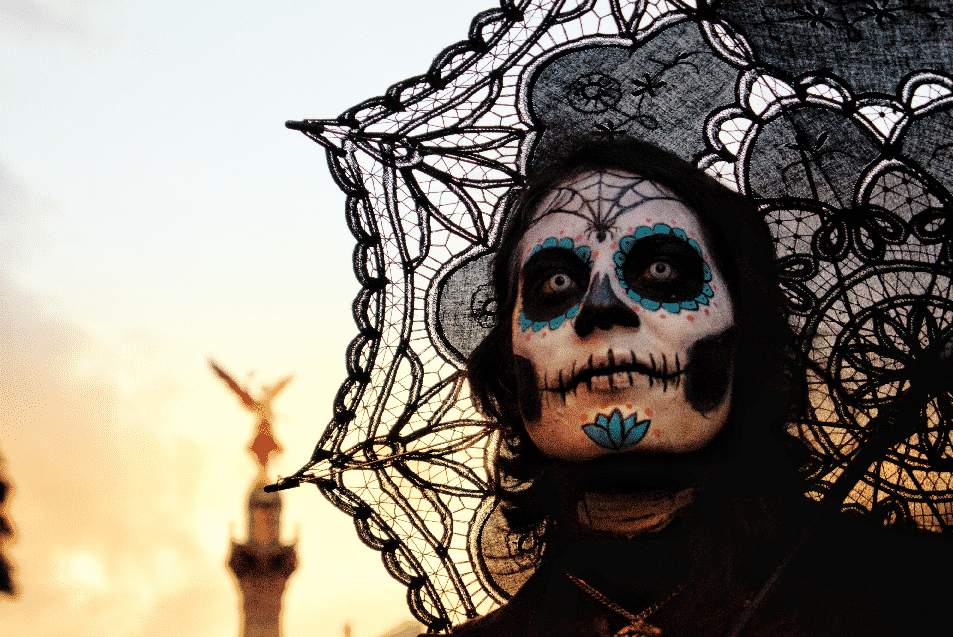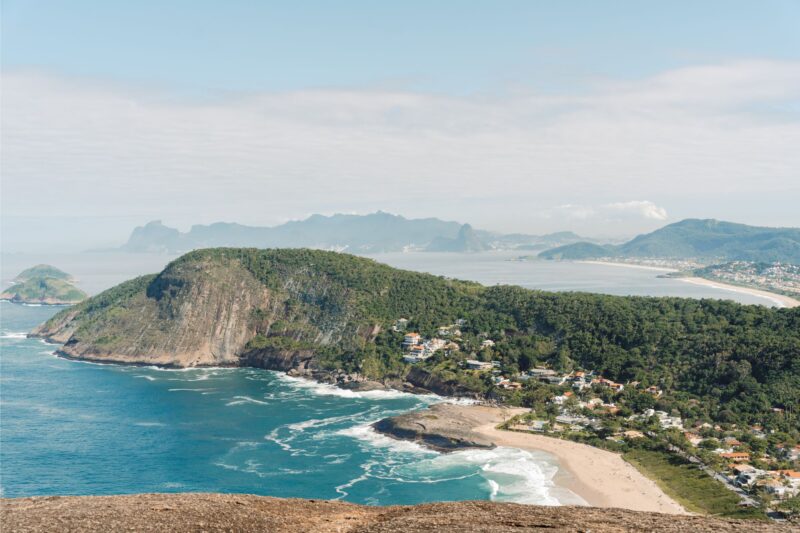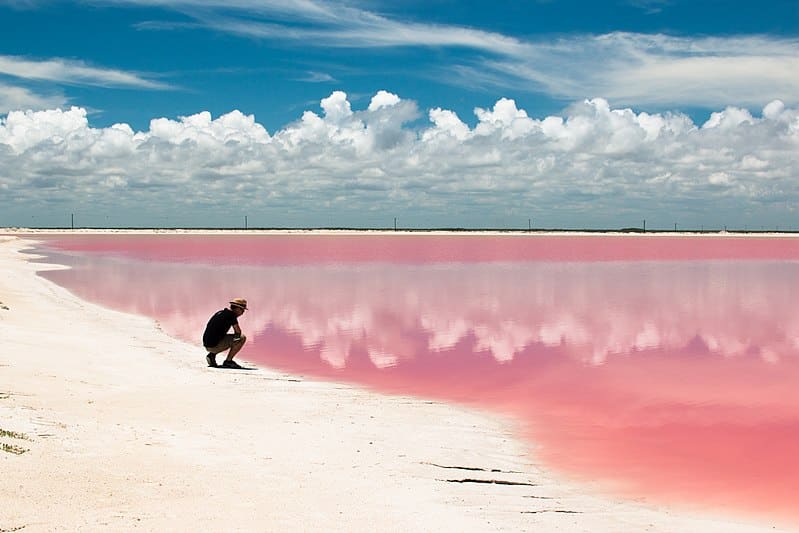Visiting Mexico during Day of the Dead offers you a glimpse into Mexico’s history and traditions, while giving you an amazing cultural experience you are not soon to forget. On arrival, you’re transported to a world covered in millions of bright orange and yellow marigolds, calaveras and candles lighting the way to the personally-decorated altars for the dead. You’ll enjoy delicious foods like pan de muerto and mole negro as you witness locals heading to the cemeteries with armfuls of flowers, candles and memorabilia. Join the celebrations by dressing as a Catrina or Catrin yourself—you can even participate in a Catrina contest for best ensemble.
While these common Day of the Dead traditions are practiced throughout Mexico, each city has its own special ways to celebrate—some more notable than others. Here’s a guide to how different cities in Mexico celebrate Day of the Dead.

Aguascalientes
As the birthplace of Jose Guadalupe Posada, Aguascalientes has quite the celebration for Day of the Dead. Every October and November Aguascalientes hosts the Festival of Skulls or Festival de Calaveras, inspired by Posada’s satirical calavera illustrations, like the famous Calavera Garbancera. In addition to the cemetery celebrations, parades, elaborate altars, live music and costumes filling the streets, the José Guadalupe Posada National Engraving Contest is held alongside this festival. Plus, the National Museum of Death (Museo Nacional de la Muerte) is in Aguascalientes—sounds like a fitting spot for Day of the Dead to us!
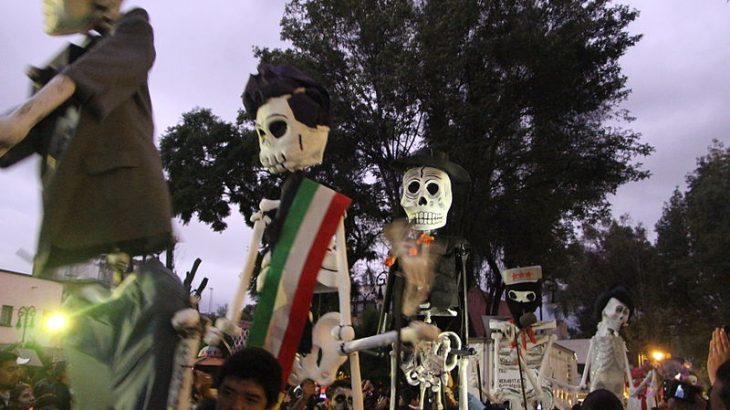
Riviera Maya: Cancún, Cozumel, Playa del Carmen & Tulum
No matter where you are on a beach vacation in the Riviera Maya, fascinating and fun Day of the Dead experiences are within reach. Whether you’re walking the parade streets of downtown Cancún, entering Xcaret park under an archway of cempazúchitl or painting your best catrina face for the catrina contest in Playa del Carmen, you’ll do more than just experience Day of the Dead, you’ll be a part of it.
Festival of Life and Death at Xcaret
The Festival of Life and Death at Xcaret is one of the most popular Day of the Dead events, drawing people from across the Riviera Maya.
Each year on October 30 to November 2, Xcaret showcases the best of Day of the Dead and Hanal Pixán traditions in the park with live performances, Day of the Dead cuisine, facepainting, catrina contests and more. While overarching traditions are displayed, one state in Mexico is invited to share its special Day of the Dead traditions each year.
Alltournative Hanal Pixán Experience
If you want to have an authentic experience—maybe even more authentic than your liking— book the Hanal Pixán tour with Alltournative. You’ll experience Hanal Pixán or Feast of Souls like the Mayans by visiting a Mayan village, walking through their cemeteries and viewing altars in homes. The tour finishes off with a mind-blowing blessing ceremony (shaman and all) in Cenote de La Vida before a traditional dinner.
Day of the Dead Festivities in Cozumel
Cozumel’s main plaza hosts a Day of the Dead cultural program every October 31 through November 2. Expect to see altars, live performances, a Day of the Dead exhibition and more cempazúchitl flowers than you can fathom. Outside the square, Cozumel has two cemeteries and the Cozumel Museum.
Day of the Dead Festivities in Playa del Carmen
While most people head to Xcaret from Playa del Carmen for Day of the Dead, ultra trendy Playa has an impressive Catrina Parade down Quinta Avenida, live music, a costume contest and a poetry contest. Dates and times are different each year, so be sure to inquire with your Playa beach hotel for specific festivity details.
Mérida, Yucatán
If you’re visiting the Yucatan Peninsula during Day of the Dead, you may notice some differences. Hanal Pixán (literally translated “Food of Souls”), the the Mayan version of Day of the Dead, is a festival mainly centered around food, and families take extra care to prepare elaborate dishes. Unlike other areas of Mexico, in Mérida they prepare mucbipollo instead of tamales on these otherworldly days. This delicious specialty is basically a large chicken tamale made with corn flour, then wrapped in large banana leaves before cooking underground in a pib or wood-fired oven.
In addition to private family traditions for Hanal Pixán like altars with common Day of the Dead offerings plus a green cross, gourd bowls, and palm leaves, Mérida has public celebrations with locals of all ages. The Passage of the Souls Parade (Paseo de las Ánimas), Flower Walk (Camino de Flores) and a Mucbipollo Festival. Be sure to check out the impressive altars set up in Plaza Grande!
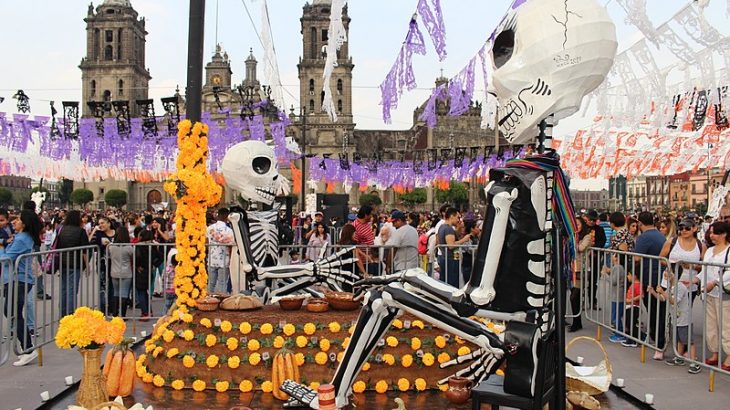
Mexico City
Since the epic Day of the Dead parade scene in the Bond movie Spectre, Mexico city has hosted a huge Day of the Dead parade along Paseo de la Reforma each year in addition to La Catrina Fest and the Alebrije Parade—all filled with impressive costumes, live music and catrina contests. The city will be decked out in traditional Day of the Dead decor like cempazúchitl flowers, papel picado and sugar skulls and markets are filled with all your favorite Day of the Dead treats and staples. Or, you can head to the Zocalo and see traditional altars, showstopping costumes and a stage with all different bands playing.
If you want more of a “behind the scenes” look, book a tour that shows you the more authentic side of Day of the Dead in Mexico City. Dates and times of celebrations vary greatly, so check regularly for any changes and arrive to parade routes early as the streets will be packed.
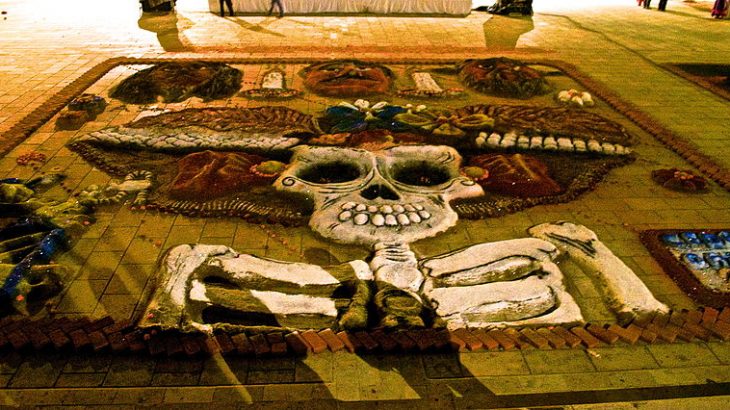
Oaxaca, Oaxaca
Hit the markets in Oaxaca where you’ll see mounds of bright orange and yellow cempazúchitl and walk the streets where every manner of festivity is happening. Nearby, the town of Xoxocotlan (commonly referred to as Xoxo) has two cemeteries that are popular with visitors where you can see hundreds of decorated graves, candles and locals remembering their loved ones.
One of the most special traditions you’ll witness in Oaxaca is tapetes de arena or sand tapestries. While these works of art are made as part of the burial customs when someone dies, especially fantastical tapestries are created for Day of the Dead in streets and public places like Museo del Palacio. As one of the top places in Mexico to celebrate Day of the Dead, of course elaborate comparsas parade down the streets with music, dancing and catrina costumes.
You can’t leave the Land of Seven Moles without trying mole any time of year, but not trying it during Day of the Dead is practically a death wish!
Ocotepec, Cuernavaca, Morelos
In Ocotepec the community believes the souls of the departed return to the earth for eight days. On the night of October 31 and November 1, the entire village heads into the cemetery with offerings and food. Each night, bells are rung to announce the arrival of the souls.
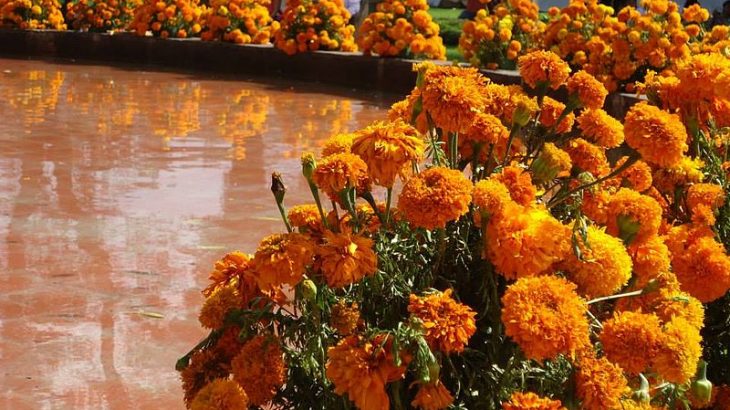
Lake Pátzcuaro, Michoacán
At Lake Pátzcuaro, you’re in for a magical show. Locals celebrate Noche de Muerto or Night of the Dead beginning at sunset on November 1 with candlelight vigils. The most notable celebration here is at Isle de Janitzio in the middle of the lake. Villagers fill their boats with candles and marigold flowers and set off across the lake to the cemetery on Janitzio Island—creating a spectacle of candles reflecting on the dark water and an island illuminated far in the distance.
Michoacán isn’t known as the safest part of Mexico, so be extra vigilant if you decide to celebrate Day of the Dead here.
Pomuche, Campeche
During Day of the Dead in Pomuche, locals exhume and clean the bones of the deceased. Yes, you read that right. This “bone washing” tradition is seen as a sign of respect for loved ones. With mainly adults and elders participating, each Day of the Dead community members clean the bones of the deceased that have been gone at least three years. They also change the decorated white cloth the bones lay on or give the dead a “change of clothes,” so to speak.
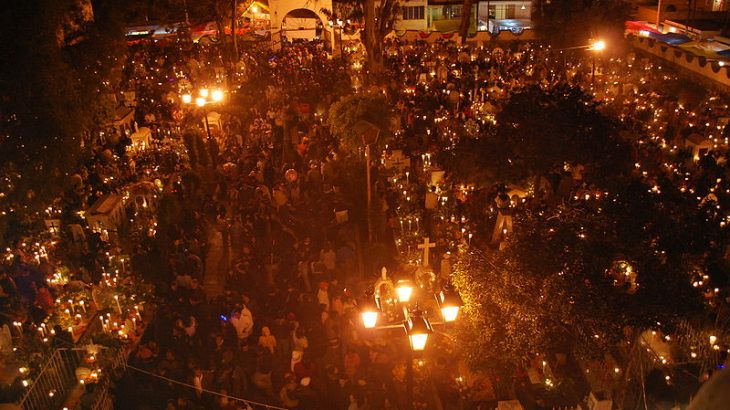
San Andrés Mixquic, Mexico
Just outside Mexico City, the town of San Andres Mixquic festivities begin with a mock funeral procession to the graveyard, where copious amounts of flowers blanket the tombstones, transforming a rather dreary place into a colorful work of art. The extensive celebrations here end with the Alumbrada—when everyone in town lights candles in the cemetery. The vibrant flowers coupled with candlelight make quite the spectacle.
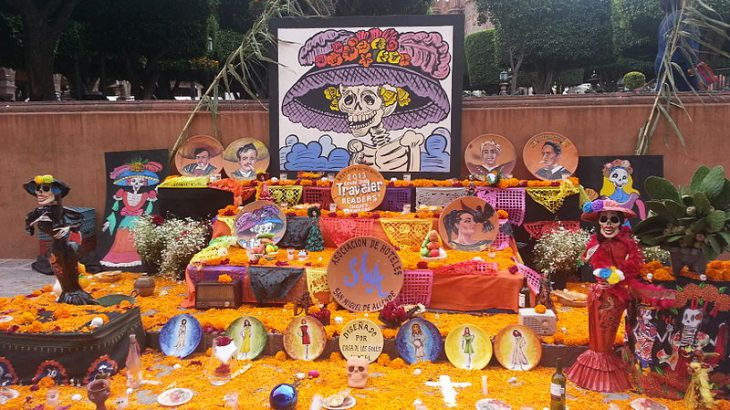
San Miguel de Allende, Guanajuato
The UNESCO World Heritage Site of San Miguel De Allende hosts a four-day festival called La Calaca where parades, live music acts, art exhibits, plays and beautiful public altars around main square welcome back the dead. There’s also a Catrina Parade that accompanies La Calaca that has received wide recognition, attracting locals and visitors from all over. If you want to take part but face painting isn’t your specialty, vendors line the street with Catrina and Catrin makeup ready!
Get a more personal look at Day of the Dead celebrations in Panteón de Nuestra Señora de Guadalupe Cemetery. The whole cemetery will be full with live bands, offerings, flowers and cheerful people truly celebrating the dead.
